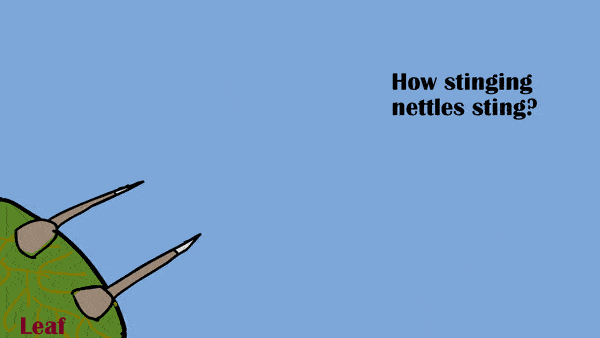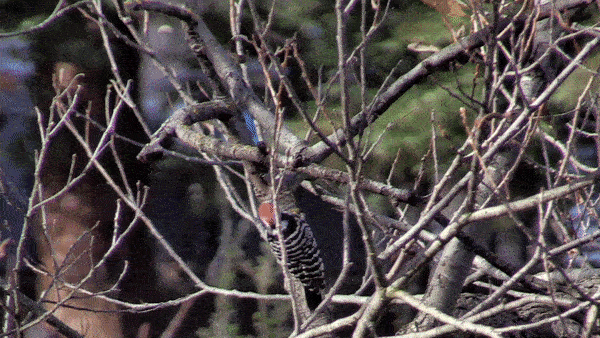Hello folks who wonder if nowadays the difference between a robbery and an armed robbery charge is whether the suspect has worn a face mask or not when asking you to empty your pockets,
What is the common theme after a breakup, stubbing your toe against a coffee table, stepping on a LEGO, getting stung by a honeybee, wisdom teeth breaking through the gums and watching the Cats film in theatres?
You see, all these instances cause an immense amount of pain. Pain is a sensation experienced by the brain to tell the body to stop doing what you are currently doing to avoid major psychological or physical damage.
Plants have historically bore the brunt of all the foraging activities taken by humans and other animals. While some plants were content with getting the short end of the stick, others couldn't just watch in absolute silence while they got touched without their consent. That is when Stinging Nettles come into the picture.
Stinging Nettles might look like your average Joe or Jane plant, but look closer and you will see why they are successful in punishing humans who touch it without their consent. Below is a Dwarf nettle appearing cute so you don't suspect a thing.
When you look closer, you will see these leaves have a bunch of tiny hairs on their leaves which are the real culprit.
These hollow hairs are called trichomes by geeks who also boast about how many times they have reread the Harry Potter books.
These trichomes are basically hypodermic needles complete with a protective cap to prevent accidental discharging of the venom from the nozzle. This cap is easily broken off when it brushes against the skin of an unsuspecting animal or the mouth of a herbivore.
Once the tip is broken off and the trichomes are inserted in your skin, it starts discharging a venom cocktail which is a carefully guarded family recipe that has been passed down through the generations. It is this venom which causes all the inflammation and the pain that makes you think twice before laying your hands on other plants.
Have you ever wondered what woodpeckers other than Acorn Woodpeckers get by pecking at wood since they are not storing any acorns?
Below is a Nuttall's Woodpecker indulging in such a behavior.
You see, Woodpeckers love to indulge in insects hiding under the surface of the tree bark, so they will first drill holes using their beaks(or bills for those geeks out there) and then use their long tongues to lap up the insects that thought they couldn't have selected a safer place to hide.
An Acorn Woodpecker gives a glimpse of its tongue and how it would lap up its meal.








No comments:
Post a Comment
Did you learn something new in this post? Let us know in the comments below